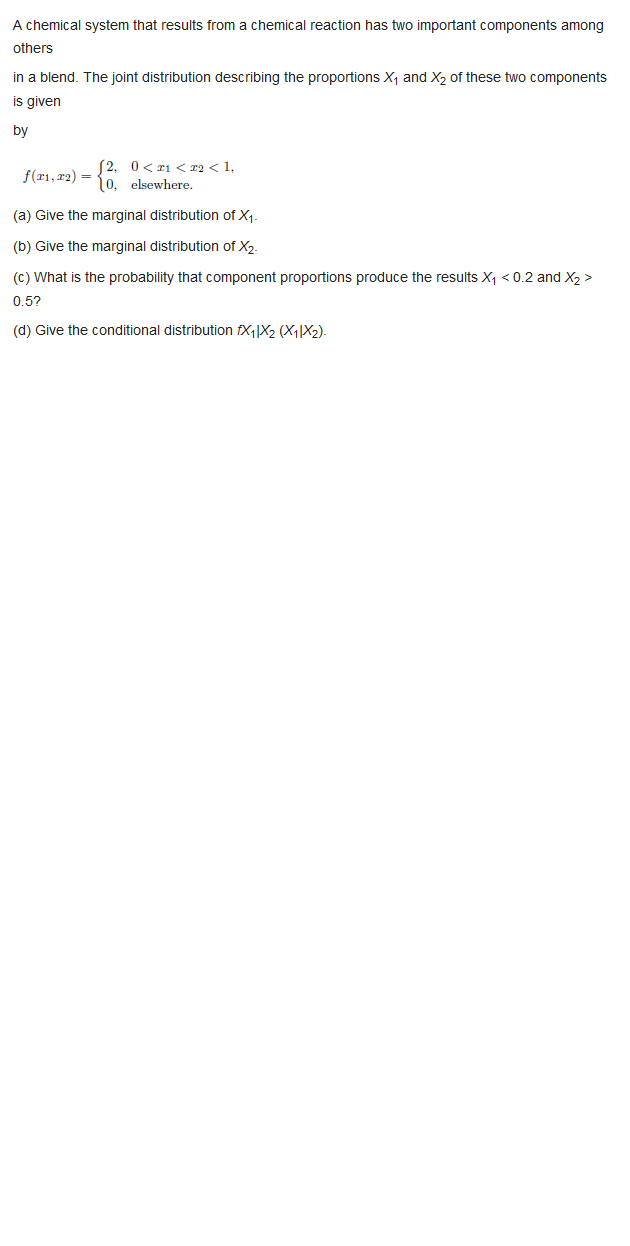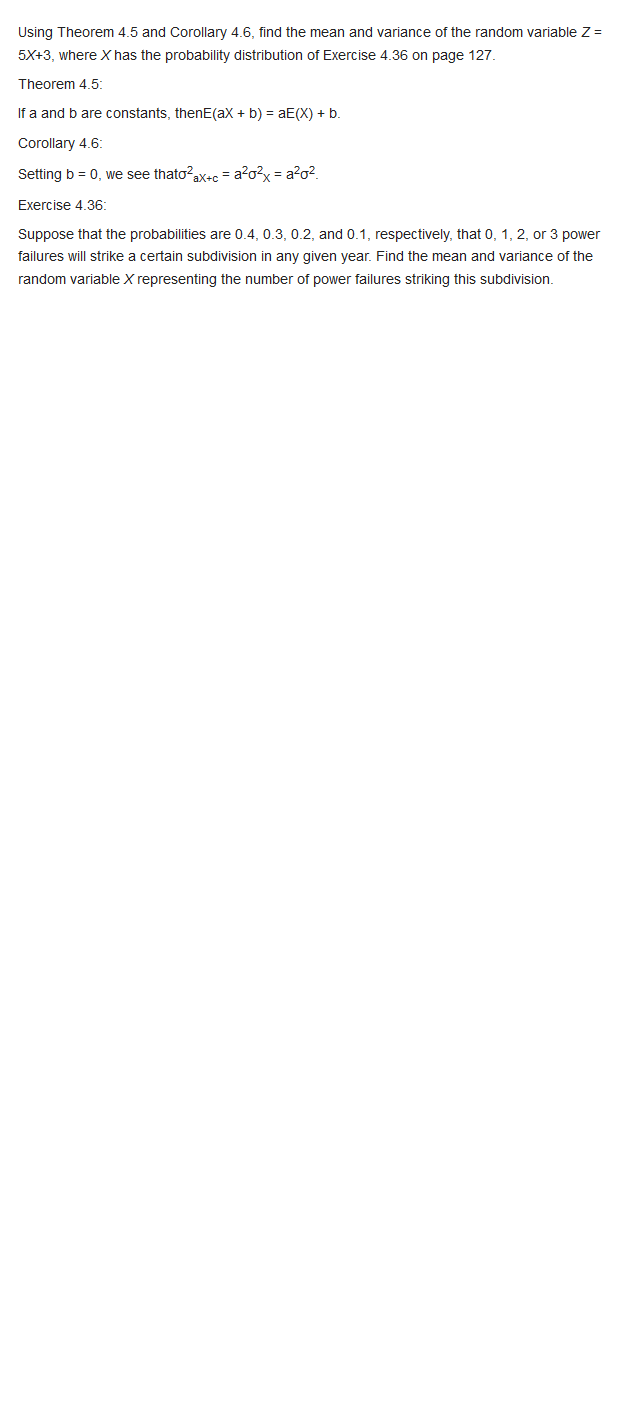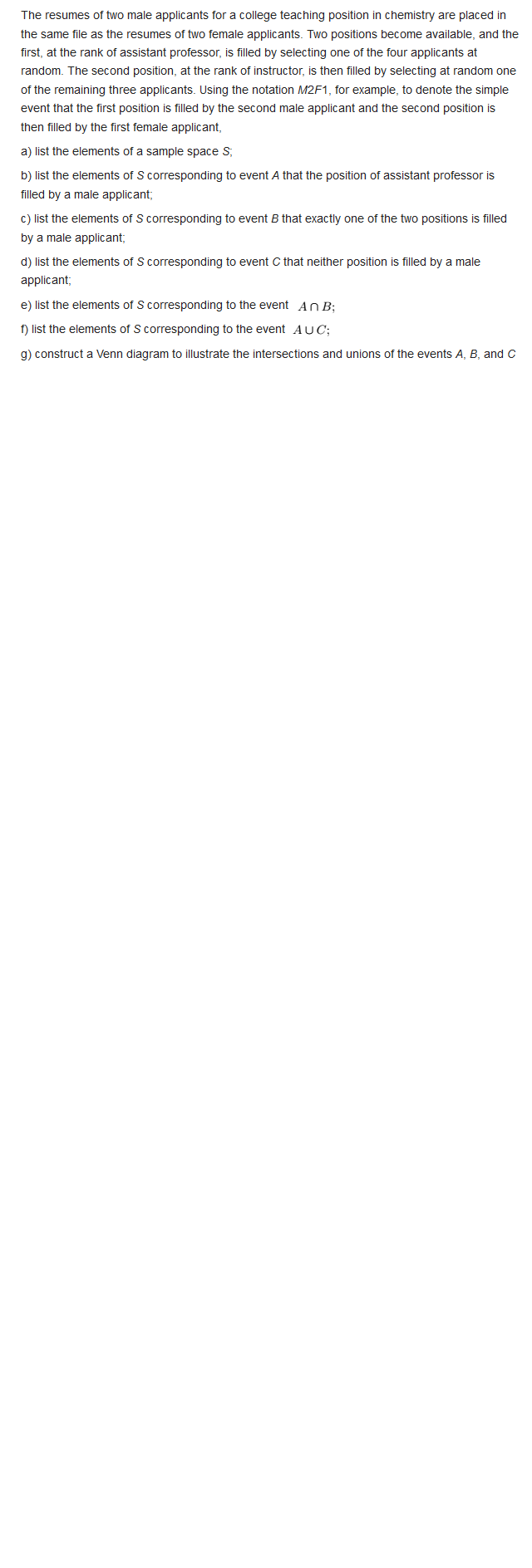Answer these
A crashing machine that is a basic component of a metal recycling operation is wearing out faster than expected. The machine was purchased 2 years ago for $400,000. At that time, the buyer thought the machine would serve its needs for at least 5 years, at which time the machine would be sold to a smaller independent recycler for $30,000. Now, however, the company thinks the market value of the diminished machine is only $50,000. If it is kept, the machine's operating cost will be $37,000 per year for the next 2 years, after which it will be scrapped for $1000. If it is kept for only 1 year, the market value is estimated to be $10,000. Altema- tively, the company can of nice the process now for a fixed cost of $56,000 per year. At an interest rate of 10%% per year, should the company continue with the current machine or o arce the process? The data associated with operating and maintain- ing an asset are shown below. The company man- ager has already decided to keep the machine for I more year (ie., until the end of year 1), but you have been asked to determine the cost of keeping it more year after that. At an interest rate of 10% ber year, estimate the AW of keeping the machine from year I to year 2. Operating Cost. Year Market Value, $ $ per Year 30,000 -15,000 25,000 -15,000 14,000 -15,000 10,000 -15,000In a replacement study, what is meant by "taking the nonowner's viewpoint"? An asset that was purchased 3 years ago for $100,000 is becoming obsolete faster than ex- pected. The company thought the asset would last 3 years and that its book value would decrease by $20,000 each year and, therefore, be worthless at the end of year 3. In considering a more versatile, more reliable high-tech replacement, the company discovered that the presently owned asset has a market value of only $15,000. If the replacement is purchased immediately at a first cost of $75,000 and if it will have a lower annual worth, what is the amount of the sunk cost?' Assume the company's MARR is 15% per year. As a muscle car aficionado, a friend of yours likes to restore cars of the 60s and 70s and sell them for a poofit. He started his latest project (a 1965 Shelby GT350) four months ago and has a total of $126,000 invested so far. Another opportunity has come up (a 1969 Dodge Charger) that he is think- ing of buying because he believes he could sell it for a profit of $60,000 after it is completely re- stored. To do so, however, he would have to sell the unfinished Shelby first. He thought that the completely restored Shelby would be worth $195,000, resulting in a tidy profit of $22,000, but in its half-restored condition, the most he could get now is $115,000. In discussing the situation with you, he stated that if he could sell the Shelby now and buy the Charger at a reduced price, he would make up for the money he will lose in selling the Shelby at a lower-than-desired price. (a) What is wrong with this thinking? (b) What is his sunk cost in the Shelby?\f\f\f











